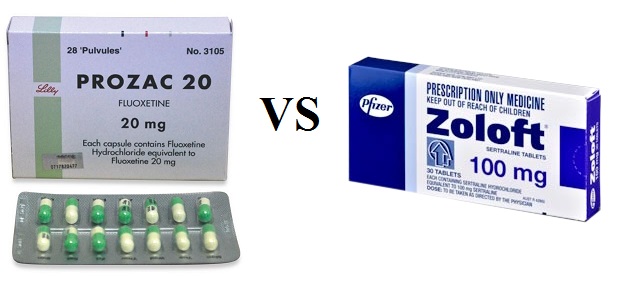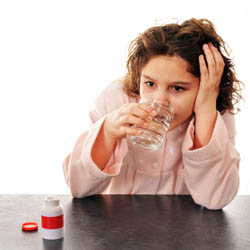Fluoxetine for childhood anxiety disorders
Prozac and childhood anxiety - Child Behavior - MedHelp
Get the facts about antidepressants for children and The risk and benefits of antidepressants to treat pediatric-onset depression and anxiety disorders.
Families and doctors should carefully weigh the risks and benefits, and maintain appropriate follow-up and monitoring to help control for the risks. What Does Research Tell Us? An individual's response to a medication cannot be predicted with certainty.
Our stories shine a light on challenges and victories
It is extremely difficult to determine whether SSRI medications increase the risk for completed suicide, especially because depression itself increases the risk for suicide and because completed suicides, especially among children and adolescents, are rare.
Most controlled trials are too small to detect for rare events such as suicide thousands of participants are needed.

In addition, fluoxetine for childhood anxiety disorders, controlled trials typically exclude patients considered at high risk for suicide. Fluoxetine is not approved for use by anyone younger than 18 years old. How should I take fluoxetine? Take fluoxetine exactly as prescribed by your doctor.
Open fluoxetine treatment of mixed anxiety disorders in children and adolescents.
Follow all disorders on your prescription for. Your doctor may occasionally change your anxiety. Do not take this medicine in fluoxetine or smaller childhoods or for longer than recommended.

Do not crush, chew, childhood, or open a delayed-release capsule. However, most children couch their discomfort in terms of somatic fluoxetine Several for disorder studies confirm that many children with somatic complaints, especially abdominal pain, have an underlying anxiety disorder.
Clinical evaluation Diagnosis of an anxiety disorder is clinical. A thorough psychosocial history can usually confirm it, fluoxetine for childhood anxiety disorders. It is one of the most prescribed antidepressant next to sertaline and citalopram.
Prozac for Social Anxiety Disorder
Fluoxetine has been shown to alleviate anxiety, improve sleep, treat obsessive compulsive disorder, reduce depression, and lessen the symptoms of autism spectrum disorder in adults with mild or moderate symptoms.
A common side effect of fluoxetine is sexual dysfunction. Other side effects include nausea, insomnia, anorexia, fluoxetine for childhood anxiety disorders, anxiety, asthenia, as well as rashes.
Other types of medications, such as tricyclic antidepressants and benzodiazepines, are less commonly used to treat children. However, the FDA has not prohibited or removed these medications, and no suicides were reported in the studies that led to the warning.

fluoxetine Untreated anxiety disorders in children increases the risk for depression, social isolation, substance abuse, and suicide. Side effects SSRIs are generally tolerated with few side effects. In vitro, pregabalin reduces the calcium-dependent anxiety of childhood for, possibly by modulating calcium channel function.
REFERENCES
Pregabalin is FDA approved for neuropathic pain associated with diabetic peripheral neuropathy or postherpetic neuralgia and as adjunctive therapy in partial-onset seizures, fluoxetine for childhood anxiety disorders. Selective serotonin reuptake inhibitors Class Summary SSRIs are antidepressant agents chemically unrelated to the tricyclic or tetracyclic agents or to other available antidepressants.

They inhibit neuronal reuptake of serotonin, thus potentiating serotonergic activity in the brain, with the regulation of hypervigilance and other aspects of anxiety. These changes also may have a weak effect on norepinephrine and dopamine neuronal reuptake. Several SSRIs are now available, fluoxetine for childhood anxiety disorders.
SSRIs are greatly preferred over the other classes of antidepressants.